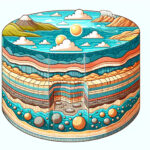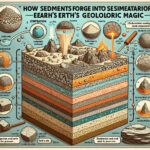Introduction to Sedimentary Rocks
Ever wondered about those layers upon layers of stone you see as you travel through a windswept desert or down into the Grand Canyon? Those are sedimentary rocks, and boy, do they have some stories to tell! Sedimentary rocks are like the pages of Earth’s diary, revealing tales of ancient environments and the life that once thrived there. They’re key to piecing together the vast puzzle of our planet’s history. So, buckle up as we take a rock-solid journey into the world of sedimentary marvels!
Sedimentary rocks are formed from particles, or sediment, that has been weathered and eroded from other rocks or organic materials. Over time, this sediment accumulates in layers, often in bodies of water, and through processes like compaction and cementation, it hardens into rock. Think of that the next time you build a sandcastle at the beach—it’s like a mini lesson in rock formation!

Not only are these rocks important for understanding Earth’s geological history, but they also play a pivotal role in the geological cycle—an ongoing series of processes that form, break down, and reform rocks. This cycle is earth’s way of recycling its crust, so we literally live on top of a natural, geological recycler!
From the red, iron-rich layers that signal ancient oxygen-rich atmospheres, to the fossilized remains of creatures long extinct, sedimentary rocks provide a continuous record of Earth’s changing surface environments. And it’s not just about looking back; these rocks influence our present world too. Many of the natural resources we rely on—like coal, oil, and natural gas—are housed within these earthly archives.
So next time you’re out hiking or exploring and you come across those stratified bands of stone, take a moment to appreciate the wealth of information under your feet. Sedimentary rocks are more than just pretty scenery; they’re snapshots in time, capturing the essence of our dynamic planet’s long, eventful history.
Visual Characteristics of Sedimentary Rocks
If you’re curious about what the pages of Earth’s geologic diary look like, let’s turn to a chapter on sedimentary rocks. Much like the variety in a box of crayons, sedimentary rocks can span a spectrum of hues. Picture a palette with shades ranging from rustic reds to subtle grays — that’s just a snippet of the vibrant story these rocks tell.
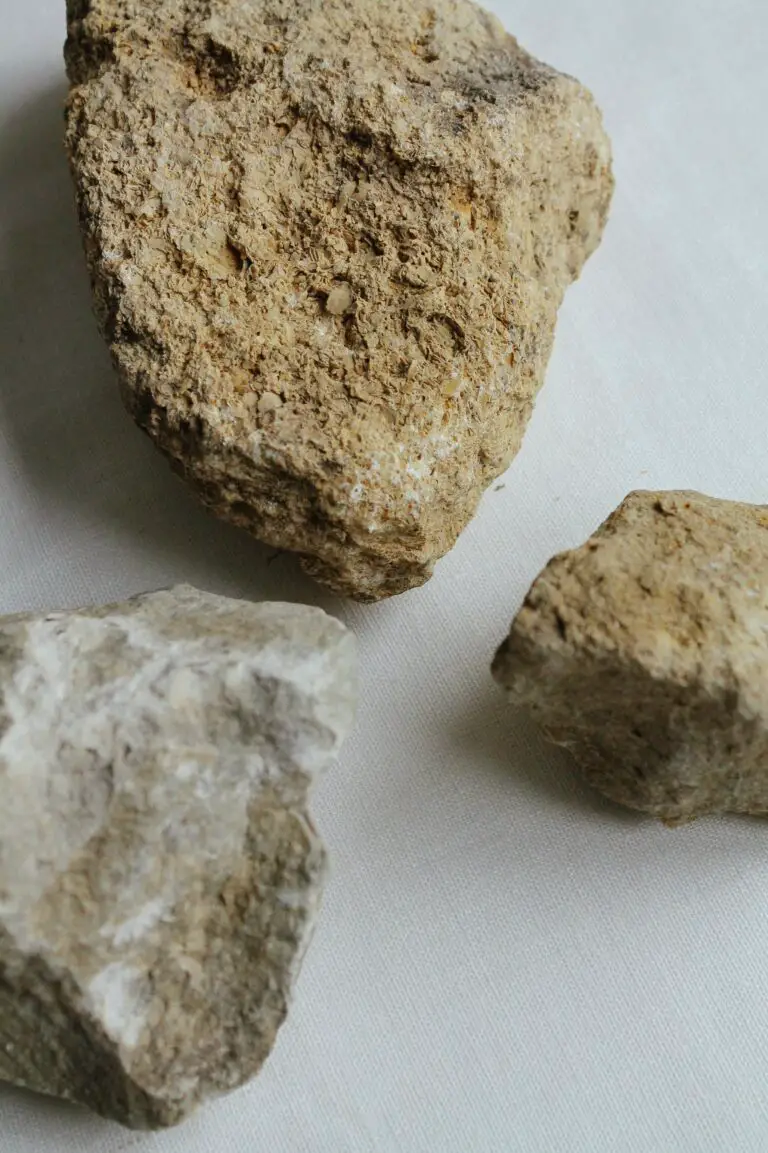
But color alone isn’t enough to recognize our rocky subjects; layering is key. Envision a cake with alternating layers of flavors – some thick, others thin – and you’re beginning to see a sedimentary rock’s stratification. These layers are nature’s journal entries, archived over millennia, and they give us clues about past environments.
When you hold a sedimentary rock, you’re essentially palming miniature nuggets of history. The grain size within these stones is a testament to the environments from which they originated. Be it the gritty sand of a once-mighty shoreline or the silky mud from an ancient ocean floor, each grain has a story to whisper.
Dive deeper into the essence of sedimentary stones by exploring how they form and the journey they’ve endured from loose sediments to solid rock. For those impassioned by Earth’s tales of yesteryear, uncovering these visual cues isn’t just science, it’s a timeless narrative.
Looking for more insights into Earth’s geological history? Sedimentary rocks are nature’s way of bookmarking moments in time, each layer a line in Earth’s expansive biography.
Examining Texture and Composition
Imagine you’re a detective, but instead of investigating crime scenes, you’re unraveling the story of Earth’s past. Sedimentary rocks are like pages of our planet’s intricate geology book, and their textures and compositions are the words written on them. Let’s put on our metaphorical magnifying glasses and take a closer look at these geological whispers.
When we talk about sedimentary rocks, we’re referring to a group with as much variety as a box of assorted chocolates. Think of the smooth feel of a river stone compared to the gritty sensation of sandstone – that’s texture for you. And just as chocolates have different fillings, sedimentary rocks can be made up of a range of minerals. This mineral makeup, or composition, tells us what conditions were like when the rock formed.

Picture the layers of a sedimentary rock like a stack of pancakes, each one representing a moment in time. These layers, or strata, can be as fine-grained as flour or as chunky as nuts in your breakfast treat. Some rocks, like shale, have such fine layers that they feel like the pages of an old book, delicate and easy to leaf through. Others, like conglomerates, are more like a fruitcake, chunky and filled with pebbles and bits of older rocks.
Now let’s focus on the brushstrokes of nature’s painting – the composition. It might surprise you to learn that many sedimentary rocks are made up of fragments from other rocks. This is a tale of transportation and transformation; rocks that were once mountains can end up compressed into new stone pages miles away. Each grain is a pixel in the picture of its own journey—rounded edges can indicate a long trip, while angular grains suggest a short hop from source to resting place.
Understanding how sedimentary rocks look and feel not only satisfies our curiosity but also unlocks secrets of the earth’s history. While we might not have further information on their formation in this article, the intricate dance of chemistry, physics, and time are evident in these stones. They tell us stories of ancient rivers, deserts, seas, and the life that once thrived there. It’s all about reading the signs, and for those with a keen eye, the tales are endless.
Deciphering Sedimentary Rock Layers
Have you ever marveled at the stunning layers of the Grand Canyon? Those intricate patterns tell a tale as old as time, revealing Earth’s dynamic past. Sedimentary rocks are like the pages in a hefty geological book, brimming with stories of ancient rivers, deserts, and oceans. Let’s flip through these pages and decode the secret language of stratification and layering, distinctive features that set sedimentary rocks apart from their igneous and metamorphic cousins.
Stratification isn’t just geology jargon; it’s the lifeline for interpreting the Earth’s history. Picture a sedimentary rock as a layered cake. Each layer, or stratum, is made up of materials like sand, silt, and clay, which have been laid down over countless years. Like the chapters of a book, these layers can be read to reveal changes in the environment, climate shifts, and even the drama of life and death from eons ago.
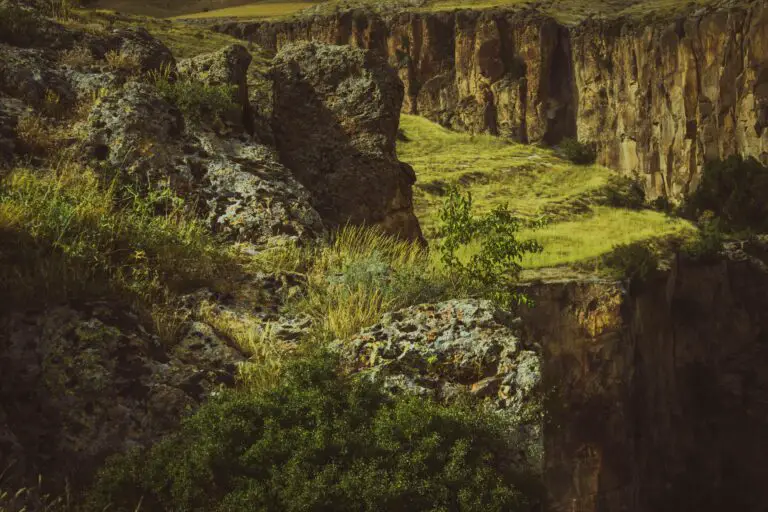
Just like how annual rings tell a tree’s age, the layers in sedimentary rocks can age-date geological events. Geologists are like detectives piecing together clues as they study the sequence, thickness, and composition of these layers. They unearth clues of past life through fossils, track the ebb and flow of an ancient sea, or deduce the direction of long-gone rivers. This detective work uncovers the environments where these sediments were first deposited.
The story of sedimentary layers is not always laid out in orderly pages, though. Sometimes, shifts in the Earth’s crust jostle the layers, tilt them, or even fold them into dramatic arches and troughs. These disruptions give geologists insight into the subterranean tectonic forces that shape our planet’s surface. By studying these structures, we gain a better understanding of how Earth’s features have transitioned over time, and what that means for our current landscape.
Curious about the importance of stratification in sedimentary rocks? Unlock the secrets laid in Earth’s geological layers and step into the shoes of a geologist to appreciate the tales told by these natural archives.
To fully appreciate the significance of stratification, one must witness sedimentary rocks in their natural glory. Take the White Cliffs of Dover, for instance. These iconic cliffs are composed of layer upon layer of microscopic marine organisms, compacted over millions of years. When you witness the sheer expanse of stratified rock, you’re not just looking at a pretty cliff face; you’re seeing a timeline that reaches back into the depths of Earth’s history.
In essence, sedimentary rock layers are Earth’s memory, meticulously recorded, occasionally disrupted, but always awe-inspiring. As we learn to read these ancient texts, we uncover pieces of our planet’s grand narrative, bringing us closer to understanding the complex processes that have shaped our world.
Common Types and How They Differ
If you’ve ever marveled at the striated cliffs of the Grand Canyon or picked up a pebble with peculiar specks and wondered about its story, you’ve encountered the legacy of sedimentary rocks. These rocks are Earth’s historical pages, revealing tales of ancient environments and life from millions of years ago. But not all sedimentary rocks are created equal. Let’s dig into the nitty-gritty of clastic, chemical, and organic sedimentary rocks and spot their distinctive traits!
Unpacking the Clastic Clan
First up are clastic sedimentary rocks, akin to a family photo album, each grain a snapshot of its unique journey. Born from the mechanical weathering of other rocks, they’re akin to nature’s own confetti, sprinkled across Earth’s surface. From the sandy shores shaped by wind and water to the boulder-rich deposits left by glaciers, clastic rocks like sandstone and conglomerate are archives of the forceful interactions that sculpt our planet.
Chemical Rocks: Earth’s Artisanal Collection
Just like an artisanal cheese is the product of careful cultivation and time, chemical sedimentary rocks form from minerals precipitating out of solution. Picture a calm, serene lake where evaporating waters leave behind layers of mineral-rich goodness, creating rocks like halite and gypsum. Or envision underwater springs spewing out hot, mineral-laden fluids that crystallize into exquisite formations like travertine—Earth’s way of showing that chemistry class has some pretty spectacular real-world applications.
The Organic Ensemble
Last but not least, let’s toast to the organic sedimentary rocks—a toast made possible by prehistoric plants and animals. Coal, a familiar face in this group, is essentially the fossilized energy from ancient peat bogs compacted into carbon-rich layers. Consider also limestone, often composed of countless tiny marine creatures whose calcium carbonate shells have merged into a chorus of geological harmony over aeons. These rocks remind us of life’s impermanence and its profound impact on our world.
Every sedimentary rock tells a story, and their characteristics whisper secrets of Earth’s past environments. Whether it’s the grain size, the composition, or how they were formed, each facet of these rocks adds a chapter to Earth’s grand geological narrative. Now, to truly visualize what we’re talking about, let’s dive into a video that showcases these characteristics in living color.
As we’ve seen, sedimentary rocks are not just a bland collection but a diverse anthology of Earth’s geological history. Clastic rocks, with their tangible wear and tear, speak of physical journeys. Chemical rocks display nature’s alchemy at its finest. And organic rocks bear the carbon signature of life long gone. Together, they offer us a detailed look at how dynamic and ever-changing our planet truly is.
The Role of Fossils in Sedimentary Rocks
Imagine unwrapping the pages of Earth’s deep history—each layer narrating a tale of time passed. Sedimentary rocks, with their strata as lines on parchment, whisper these tales. Now, guests, prepare to traverse time as we explore the significance of fossils nestled within these geological records.
Fossils—the remains or imprints of ancient organisms—act monumental in our quest to fathom bygone environments and the evolution of life. They are the pièces de résistance of sedimentary rocks, often transforming a mere stone into a crucible of scientific intrigue. And how magnificent is it to hold a sedimentary rock, knowing it’s a vessel of life from millions of years ago?
Imagine a sandy basin, a prehistoric seabed, where creatures thrived and met their fated ends. With time, these remains sank into the seabed, ensnared by sediments and, layer upon layer, were entombed. Compaction and mineralization then did their relentless dance, cementing these remains within the rock. This intricate process gifts us fossils that are not merely impressions but chronological markers of life’s ballet.
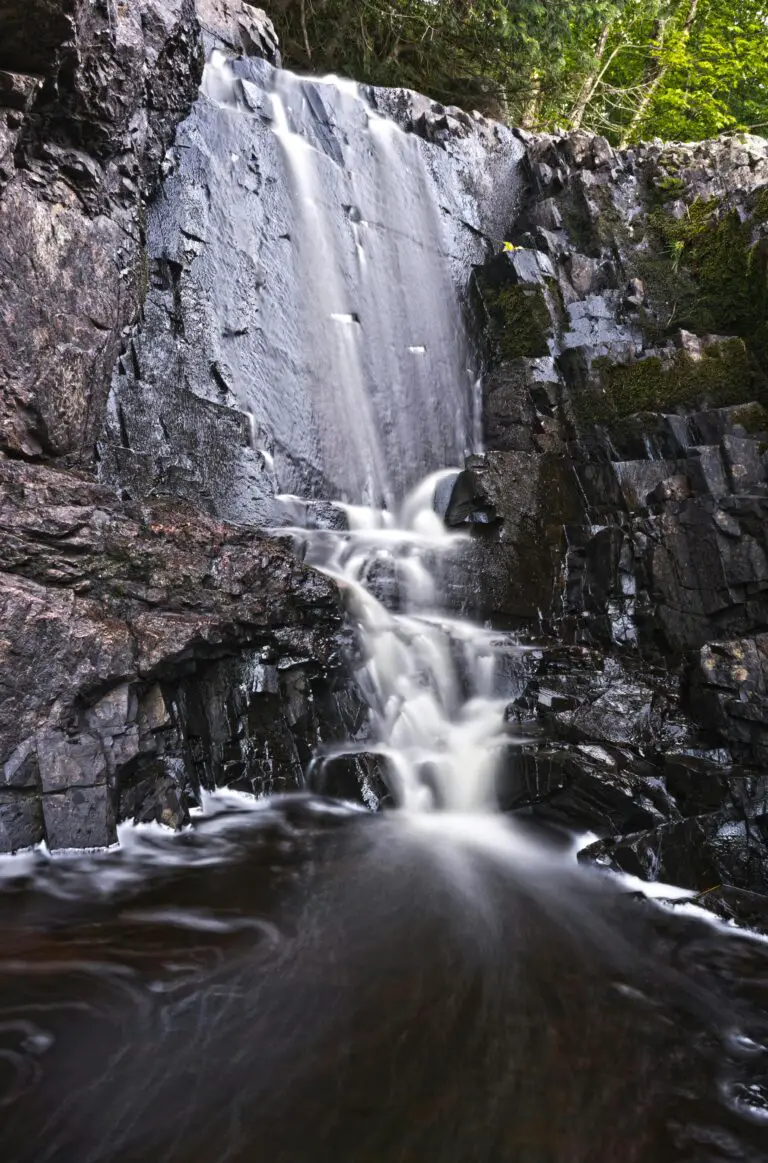
Look closer now—to see the fine details etched upon the rocks. The serrated edge of a leaf, the intricate spine of a fish, or the coiled chambers of an ammonite. Each holds a story, a puzzle piece of our planet’s evasive history. The textures and forms tell us not only about the creatures themselves but of the climates they endured, the diets they favored, and the ecological theatres they were part of.
The diversity within these rocky archives is astounding. From marine microorganisms to gargantuan dinosaurs, each fossil points to a biological progression, an evolutionary leap. They hint at the interplay between life and earth—an ecological dynamic, molded by shifting continents, changing climates, and the ever-present dance of life and death.
So, when we catalogue these fossils, we’re not merely archiving rocks; we’re chronicling the legacy of our own beginnings. Each fossil, a connection to our collective past, is a teaching from ancient Earth—an open invitation to decipher the saga of life etched within sedimentary stones. The presence of fossils is a compass that guides researchers to unravel Earth’s transformative epochs—the epochs that sculpted the very ground beneath our feet.
As enduring as they are enlightening, fossils in sedimentary rocks serve as the critical evidence for piecing together the great jigsaw of biological evolution. They are the natural curators of bygone ages, preserving the footprints of prehistoric life that roamed and ruled long before us—a treasure trove for those who listen with keen ears to the stories told by the very stones we tread upon.
Identifying Sedimentary Rocks in Nature
Imagine strolling along a tranquil riverbank, your eyes scanning the ground beneath you. There, among the mosaic of pebbles and dirt, you notice a rock. But not just any rock—this one has layers, like the pages of an earthy novel, waiting to tell its tale. That’s right, you’ve just spotted a piece of sedimentary rock history!
Sedimentary rocks aren’t just fascinating geological storytellers; they’re also pretty easy to spot once you know what to look for. Picture the grand canyons and the picturesque cliffs that grace calendars worldwide—those are your poster children for sedimentary wonders. But what about the ones you can find in your local woods or park? Let’s unravel the mystery.
First up, let’s talk layers. Typically, sedimentary rocks boast visible layers, known as strata, stacked atop one another like pancakes. These layers can be as distinct as a zebra’s stripes or as subtle as a whisper, but they’re usually there. The layers reveal different periods of sediment accumulation, a testament to changing conditions over thousands or even millions of years. Look for these natural archives on any exposed rock face or within broken fragments.
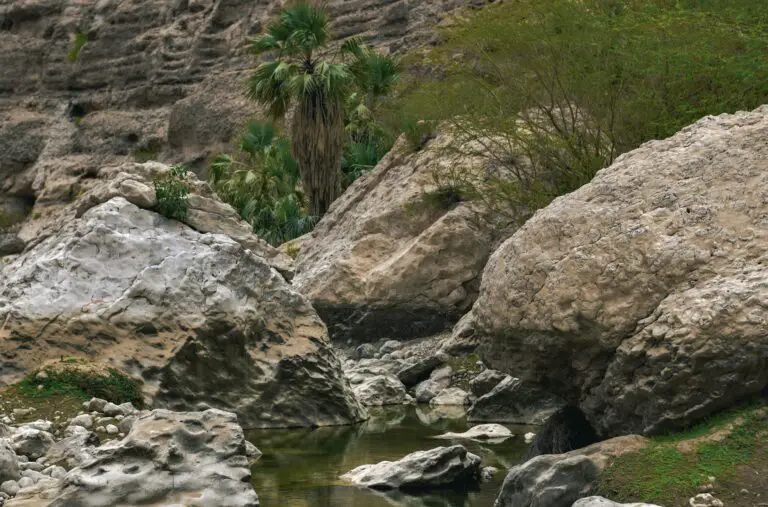
Next on our spotting checklist are the sediments themselves. If you peer closely, you’ll discern particles of different sizes making up these rocks—sands, silts, clays, and sometimes larger, rounded gravels. Each particle hints at the environment of the past, from roaring rivers depositing hearty grains to quiet lakes settling down fine mud.
The colors of sedimentary rocks are like nature’s palette—rusty reds from iron, sandy yellows, muddy browns, and occasionally greens from past plant life. These hues offer clues about the rock’s origin and the journey of its components.
Also, keep a lookout for any signs of past life—yes, you heard that correctly! Fossils are the fingerprints of ancient organisms, often preserved immaculately within sedimentary layers. From tiny seashell imprints to bold leaf outlines, these remnants of a bygone era can be both spectacular and enlightening.
While out in the field, you don’t need fancy equipment to spot these rock stars. A keen eye and a dose of curiosity will serve you well. Each rock is a piece of a puzzle, connecting you to Earth’s past environments. Next time you’re hiking, gardening, or simply enjoying nature’s playground, take a moment to observe the ground. You might just find yourself looking at a natural relic that rivals any museum piece!
Frequently Asked Questions
Embarking on a geological exploration can be like flipping through a dense, mysterious book written by time itself. Sedimentary rocks are one chapter of that book, each layer telling a story of a past environment. Below, we delve into some of the most pressing questions asked by budding geologists and curious minds alike.
What Exactly Are Sedimentary Rocks?
Sedimentary rocks are Earth’s histoire en pierre, the narrative of ancient rivers, lakes, and oceans. They form over millions of years from sediments—tiny fragments of minerals and organic matter—that accumulate in layers. The pressure of overlying materials compresses these into stone, preserving intricate tales of Earth’s history.
What Tells Sedimentary Rocks Apart?
It’s a drama of textures and layers! Each sedimentary rock is a medley of grains, colors, and stratifications. Imagine a cake with different flavored layers and toppings; like that cake, sedimentary rocks display various textures—smooth, rough, or somewhere in between. Colors can range from sandy browns and fiery reds to cool greys and muted greens, each hue a clue to the conditions under which the rock formed.
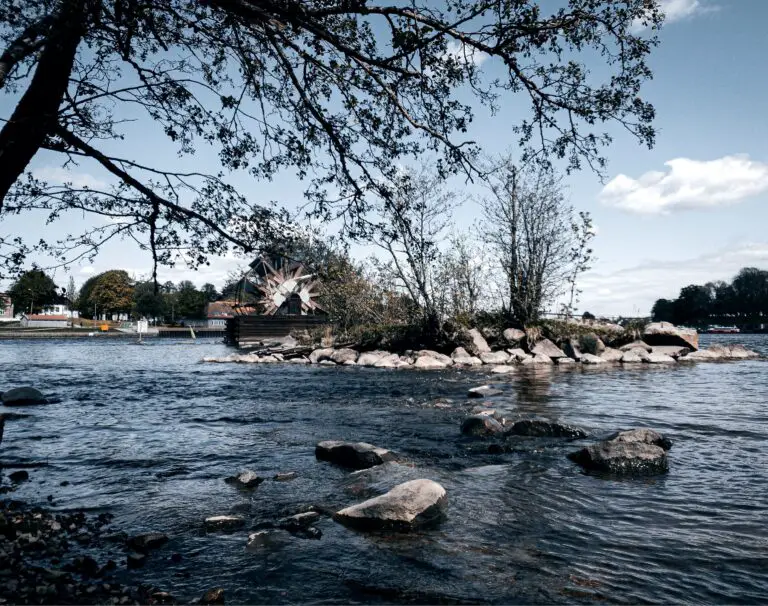
Where Can You Find These Geological Wonders?
They’re not tucked away in some secret vault; sedimentary rocks are often underfoot! From the iconic red sandstone arches of national parks to the pebbly shores of your favorite beach, they are integral to the landscapes we love. They also line riverbeds, form mountain layers, and create stark cliff faces that take the breath away.
Why Should We Care About Sedimentary Rocks?
Because they’re not just stones; they’re history books and time capsules. They hold fossils, offer clues about past climate changes, and are pivotal in our quest for natural resources like oil and coal. Understanding sedimentary rocks is understanding the Earth’s past—and shaping our environmental future.
How Can You Identify Them?
It’s a bit like detective work. You’ll look for grains that tell of being carried by water or wind, rounded by journey and time. You’ll seek the lines of bedding that speak of sedimentary layering, the imprints of leaves, or the ancient remains of a sea creature. And often, you’ll find pockets of fossils, secret treasures locked within the stone.
Are there more questions on your mind? Excellent! Curiosity is the compass that guides us through the geological landscapes of our planet. Keep asking, keep seeking, and every rock will have a story to unfold.
FAQ: What Defines the Color Variations in Sedimentary Rocks?
Ever wondered why sedimentary rocks come in such a diverse spectrum of colors? It’s not just for show—these variations reveal fascinating stories about our planet’s geological history.
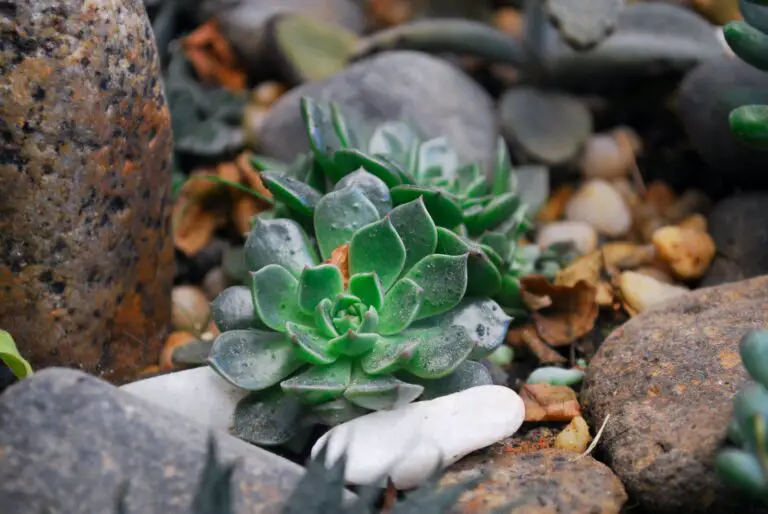
Take a walk along a sedimentary rock formation, and you’ll be greeted with a canvas painted in hues ranging from stark red to subtle grey. Each color is a brush stroke generously applied by nature’s own hand.
The reds and yellows that tinge some rocks are often due to the presence of iron oxides. Much like iron rusting into a familiar reddish color, sedimentary rocks can undergo similar processes on a grander scale. Imagine the Red Rocks of Arizona as colossal sculptures, where every crevice tells an ancient tale.
Have you ever skimmed stones across a tranquil lake and noticed the various shades of grey and brown? This owes to the organic material and sediment layers that pile up over millennia, getting compacted and cemented into stone pages of Earth’s history book.
Sea-green hues you may spot in sedimentary coastal cliffs often speak of the mineral glauconite’s role, hinting at the rock formations’ seaside heritage. It’s like the ocean leaves its signature on the cliffs, reminding us of the time when these rocks were part of the seafloor.
But colors like blue or purple? They’re a rarer sight and usually indicate specific mineral content or unique environmental conditions during the rock’s formation. When you see them, you’re peering into a geological mystery novel with its pages open for you to decode.
Next time you embark on an outdoor adventure, take a moment to admire the colorful grandeur of sedimentary rocks. These multi-hued masterpieces aren’t just beautiful—they’re echoes of Earth’s dynamic past, and each color variation is a clue left behind for us to discover.
FAQ: How Can You Tell a Rock is Sedimentary?
Ever been on a stroll and spotted a rock that tells a story? That’s the magic of sedimentary rocks; they’re like Earth’s history books, but instead of words, they use textures, layers, and grains. Let’s dig into the clues that help us uncover their secrets.
First off, picture a scrumptious layered cake, each layer telling you about the different flavors. Sedimentary rocks are similar. They flaunt layering or bedding that whispers tales of ancient environments. Each layer could signify a different chapter of history, from where a river once flowed to where the wind danced with the sand.
Now, let’s talk about texture. If sedimentary rocks were faces, their textures would be the freckles, wrinkles, and dimples that give them character. These rocks often display a rough texture, thanks to the mix of particles that settled down together over time. Some may be smooth, as if the sands of time caressed them gently, while others boast a coarse, jigsaw-puzzle-like feel.
And we can’t ignore the grain size. This is like guessing whether the dough of your bread was finely sifted or whole grain. The sedimentary rock’s grains can range from fine silt to chunky pebbles, each size narrating a different origin story — a calm lake or a vigorous river, perhaps.
Remember, the key is to look closely and observe. Over time, you’ll start seeing sedimentary rocks not just as simple stones, but as dynamic artifacts of geological history.

FAQ: Can Sedimentary Rocks Form Without Water?
Imagine you’re on a grand hike, taking in the scenery around you. Suddenly, you’ve stumbled upon a layer cake of colors and textures in the cliffs beside the trail. These are the telltale signs of sedimentary rocks, Earth’s history book written in stone. But have you ever wondered, do all these rocks really need water to form? Let’s dive into the gritty details!
Sedimentary rocks are usually formed from the remnants of other rocks, often whisked away and deposited by water. Yet, it’s not the only matchmaker in town. Wind, gravity, and ice also play cupid in this geological romance, whipping up sediments and gathering them into layers that compress and cement over time—no water necessary!
Take the Sahara Desert, for example, where winds sweep up and deposit sand to eventually form sandstone. Or consider the mighty glaciers that grind rocks into flour, later solidifying into rock-hard evidence of a once-frozen Earth. These real-life examples showcase nature’s exceptional crafting skills without a single drop of H2O.
Now, let’s add a visual piece to illustrate our story—a snapshot of sedimentary rocks that could inspire you to find and touch these natural time capsules yourself.
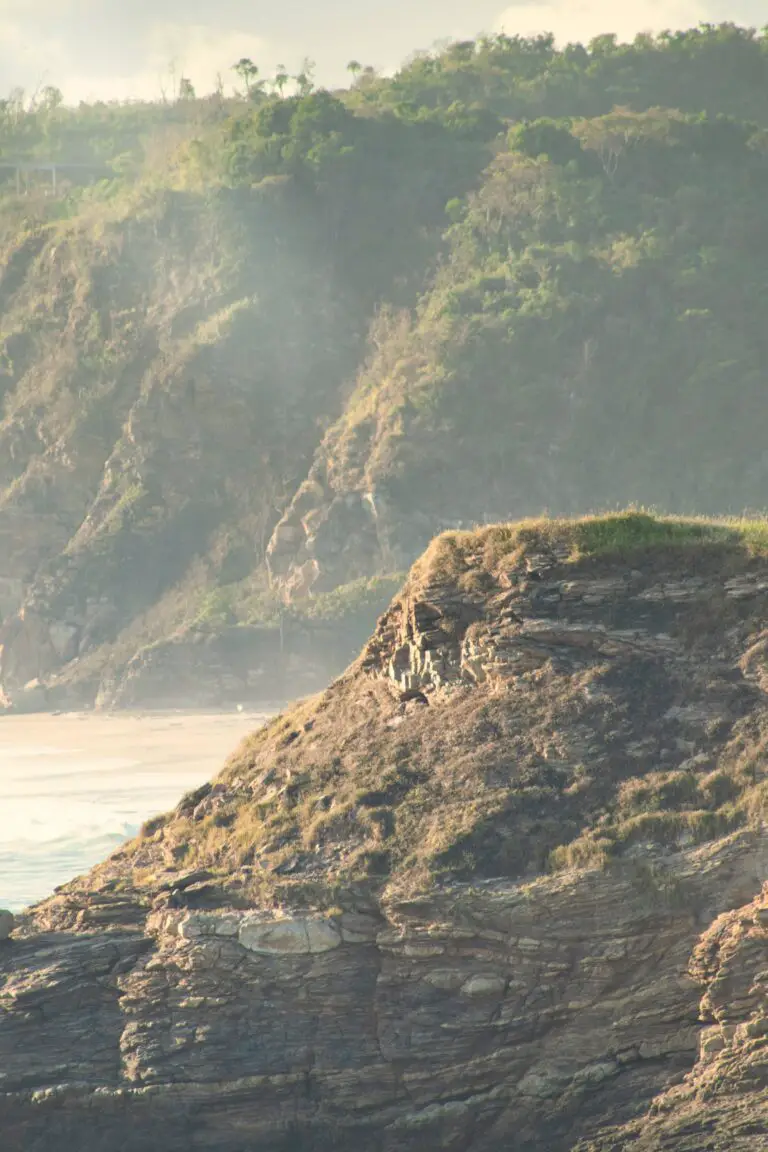
Every layer of sedimentary rock is a chapter in Earth’s autobiography. So the next time you’re out exploring and you spot those layered marvels, remember that water might not have been the ghostwriter after all. Nature has many pens, and sedimentary rocks can form through a symphony of earthly processes, each as fascinating as the last.

